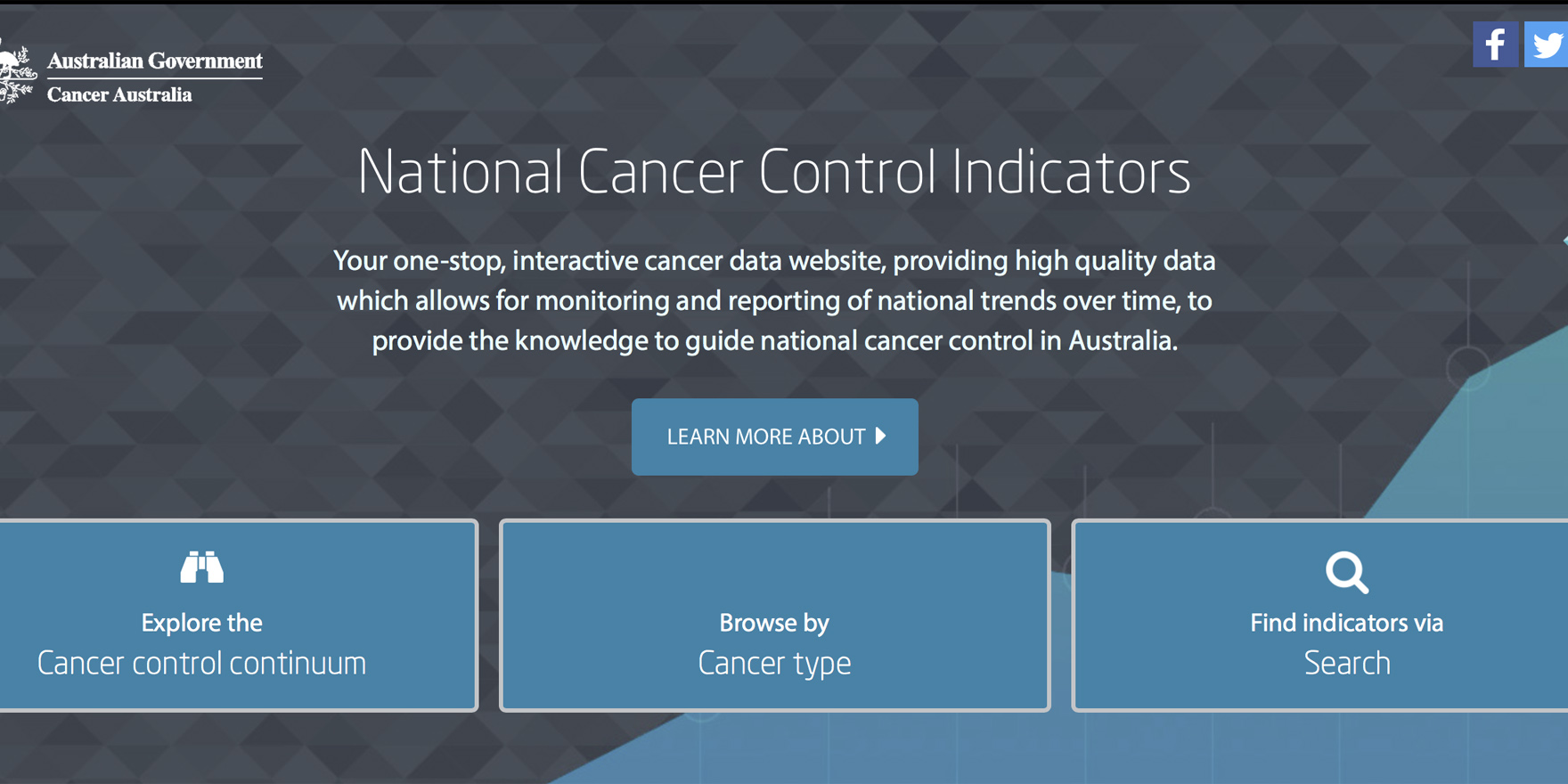Cancer Australia’s new searchable database is giving GPs quick access to population data on cancers
Cancer Australia’s new searchable database is giving GPs quick access to population data on cancers.
The National Cancer Control Indicators website, launched this month, brings together information on 17 cancers from trusted sources.
Quick fact cards present up-to-date data on prevention, incidence rates, treatment, and five-year relative survival.
“Cancer is a pretty scary word,” says Dr Liz Marles, the director of the Hornsby GP Unit in Sydney and member of Cancer Australia’s Advisory Council. “Getting a cancer diagnosis is probably one of the biggest personal challenges for people.”
By sharing this kind of contextual information with patients, GPs could shape more realistic expectations and guide decision-making, she said.
“We are dealing with a much more informed consumer these days,” Dr Marles said. “People are going on to the internet, they are finding bits of information that they don’t know what to trust, they don’t know how reliable it is.”
GPs have a role as guardians of truth but, until now, authoritative cancer statistics have been scattered across multiple websites, or buried in reports.
“Every day we have conversations with people around prevention, screening and diagnosis and this is going to give us a whole lot better evidence base to have those conversations,” Dr Marles says.
The website aims to provide an inclusive picture of changing trends and impacts of cancer over time, according to Cancer Australia.
For example, the website presents OECD data that suggests that Australia has one of the lowest smoking rates in the world, and GLOBOCAN data that shows that lung cancer survival here is better than the world average. This is presented alongside previously unpublished national data showing that hospitalisations for lung cancer surgery increased by 47% for women, compared with 31% for men between 2010 and 2015.
“[The website] forms a bridge between information and outcomes, enabling users to see interconnections and relationships across cancer control, to monitor trends and benchmark internationally,” Cancer Australia CEO Dr Helen Zorbas said.
In developing the website, Cancer Australia created seven cancer control indicator groups: prevention, screening, diagnosis, treatment, psychosocial care, research and outcomes.
The website is divided into these sections, but data can also be filtered by tumour type and by category, such as population group, sex, age, and socio-economic status.
NCCI is designed to be updated as new data becomes available. The new resource can be found at: www.ncci.canceraustralia.gov.au.


